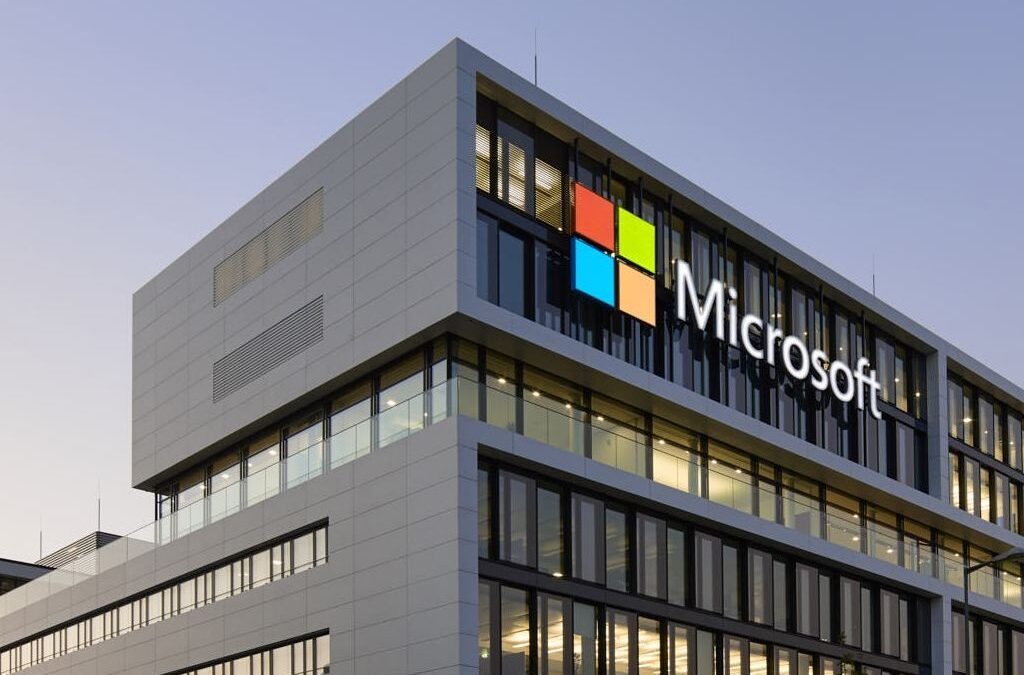Introduction
Microsoft, founded in 1975 by Bill Gates and Paul Allen, has grown from a software company into a major tech leader. This growth is due in part to its strategic acquisitions, which have expanded its offerings in many areas, including software, hardware, gaming, cloud services, and artificial intelligence. Understanding the companies Microsoft owns helps us see its broader goals and influence in the tech world.
Microsoft started with Windows and Microsoft Office but has since moved into cloud computing with Azure, created hardware like Surface devices, and entered gaming withXbox. This shift shows how Microsoft adapts to changing markets and seeks growth in different sectors. Today, the company leads in various tech areas, shaping how people interact with technology.
Acquisitions play a key role in Microsoft’s strategy, bringing in new technologies and companies to strengthen its position. These purchases help Microsoft stay competitive and continue innovating. Knowing the companies Microsoft owns gives us a better understanding of its future direction.
A Brief Overview of Microsoft’s Acquisition Strategy
Microsoft’s strategy for acquiring companies is focused on adding new technologies and talented teams to its business. It targets key areas to strengthen its products and expand into new markets.
First, Microsoft enhances its core products. For example, when Microsoft acquired LinkedIn, it improved its Office suite by connecting professional networking with tools like Word and Excel. This made it easier for users to manage their professional profiles while using Office applications, boosting workplace productivity.
Second, Microsoft expands into new markets. Acquiring GitHub andMojang allowed Microsoft to tap into software development and gaming. GitHub became a go-to platform for developers, while Minecraft, owned by Mojang, gave Microsoft access to the huge gaming community and opened up educational opportunities.
Finally, fostering innovation is another key part of Microsoft’s acquisition strategy. By buying startups and other tech firms, Microsoft keeps its products on the cutting edge, especially in cloud services and artificial intelligence. This helps the company stay competitive and drive future advancements in technology.
Read Also: Microsoft Hack and Cybersecurity: Lessons Learned
Major Acquisitions Over the Years
Microsoft has made several key acquisitions to stay ahead in the tech world. Here are some of the most important ones:
- LinkedIn (2016): Microsoft bought this professional networking site for about $26.2 billion. LinkedIn, with over 700 million users, integrates with Microsoft Office, making it easier for users to manage their resumes and networks. This move helped Microsoft lead in the professional social space.
- GitHub (2018): Acquired for $7.5 billion, GitHub is a platform for software developers. By owning GitHub, Microsoft strengthens its relationship with developers and connects the platform with Visual Studio, improving tools for software development and collaboration.
- Mojang (2014): The company behind the popular game Minecraft was bought for $2.5 billion.Minecraft has become not just a game but a tool for education, with Microsoft launching Minecraft: Education Edition, combining gaming with learning and creativity.
- Nuance Communications (2021): Microsoft purchased this AI and cloud solutions company for $19.7 billion to enhance its speech recognition and healthcare capabilities. With Nuance’s AI expertise, Microsoft is improving healthcare solutions, an area becoming more important in today’s medical world.
Sector-Specific Acquisitions
Microsoft has made acquisitions in various sectors to strengthen its position and expand into new areas:
- Gaming: In 2021, Microsoft acquired ZeniMax Media for $7.5 billion, adding popular game franchises like Fallout and The Elder Scrolls to its Xbox offerings. This acquisition helps Microsoft compete with other gaming companies like Sony in the console market.
- Cloud Computing: Microsoft has also focused on enhancing its Azure cloud services. Acquiring GitHub and companies like Avere Systems helps improve its cloud platform. Integrating GitHub with Azure allows developers to work more efficiently and create customized solutions, improving engagement and productivity.
- Enterprise Solutions: The acquisition of LinkedIn has helped Microsoft add business networking tools to its Dynamics 365 and Office 365 services. This integration enhances Microsoft’s ability to offer better productivity tools to business customers, expanding its reach in the enterprise market.
Conclusion
In conclusion, Microsoft has effectively utilized its acquisition strategy to build a diverse portfolio of companies, enhancing its presence across various technology sectors. From exiting gaming franchises and powerful developer tools to robust AI and cloud solutions, each acquisition aligns with the company’s broader strategy of bolstering its core capabilities while driving innovation. Understanding these acquisitions sheds light on Microsoft’s ongoing adaptation in a rapidly evolving technology landscape and its key role in shaping the future of tech.
Frequently Asked Questions (FAQs)
1. What are the most significant companies owned by Microsoft?
Some of the most notable companies owned by Microsoft include LinkedIn, GitHub, Mojang, and Nuance Communications. Each acquisition has helped Microsoft to expand its reach into various markets like professional networking, software development, gaming, and healthcare AI.
2. How does Microsoft choose which companies to acquire?
Microsoft typically evaluates potential acquisitions based on their ability to enhance core products, expand into new markets, foster innovation, and maintain competitiveness. The goal is to integrate technologies that align with Microsoft’s long-term strategic objectives.
3. How have acquisitions impacted Microsoft’s growth?
Acquisitions have played a vital role in Microsoft’s growth by diversifying its product offerings and entering new markets. By integrating innovative technologies, Microsoft maintains its competitive edge and continues to adapt to changing market demands.
4. What was the largest acquisition by Microsoft?
The largest acquisition by Microsoft was LinkedIn, purchased in 2016 for approximately $26.2 billion. This acquisition greatly enhanced Microsoft’s position in the professional networking space and integrated valuable resources into its Office suite.
5. What is the future outlook for Microsoft’s acquisition strategy?
Microsoft’s future acquisition strategy is likely to focus on AI, cloud services, and sectors related to software development and gaming. As technology continues to evolve, Microsoft will likely look for opportunities to acquire innovative firms that can add value to its existing portfolio and enhance its market competitiveness.
For more detailed information on Microsoft’s acquisitions, visit Microsoft’s Official Website.





